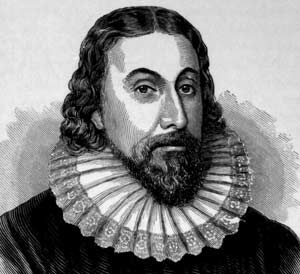"Reading as Construction" by Tzvetan Todorov - Summary
Todorov, Tzvetan.
"Chapter 4: Reading as Construction." Genres in Discourse.
Cambridge: Cambridge UP, 1990. 39-49. Google Books. Web. 22 Aug. 2012.
Todorov will discuss the
reading of classical fiction or representative texts. While reading this type
of text a construction unfolds to the reader.
Novels do not imitate a
pre-existing reality. Instead, they construct a new, imaginary universe. There
are techniques the author employs to get readers to construct this world.
Referential sentences and no
others induce construction. Sentences that create a clear picture are
referential and sentences that are general, abstract or vague are not.
Different referential sentences contribute in differently to the construction
of the world. They can contribute to mode, time, and point of view.
Mode – verisimilitude of
fictional world
Time - Sentences can help
place events in time for the reader
Point of view - sentences can
help the reader picture the events described
Events in narratives are
generally repeated at least twice. These multiple mentions help the reader
construct a single "event from the many accounts of it". The accounts
may agree or be contradictory. Multiple accounts of the same event may serve
similar or different purposes within the text.
Signification and
Symbolization
Different readers respond
differently to the same text. Their response is clouded by their subjectivity,
by their own psyche. This is explained in the following diagram:
However, there are some
things in the fictional world all reader agree upon. These absolute, factual
things are things that are signified in the text in an unambiguous
manner. The things which are not absolute, which are subject to the readers'
interpretation are those which are symbolized. They are characterized by
ambiguity and the reader infers them from signs in the text. The transitions
1>2, 3>4 are signified and 2>3 is symbolized.
The transition 2>3 is
characterized by the attribution of causality to events by the reader. Readers
view events as caused either by "a character trait or an impersonal or
universal law".
When the reader is done
constructing the events of which a story is composed, he reinterprets the story,
attributes values to the story and personality to the characters. Some of this
interpretation in controlled by the author: the author sets the precedent for a
certain type of causality between events and the reader applies the causality
to the rest of the events. Other interpretations are guided not be the author
but by cultural conventions of the consensus reality of the author.
The construction of human
characters can be a result of direct presentation of the character by the
author, or by inference from the actions of the character. The name of a
character contributes to its continuity.
Construction as Theme
Construction is not only
something that happens in the mind of the reader. It is a process described by,
represented in fiction. We may study this instead of the mental process. It is
easier. Just like the reader, the characters in some novels have to make sense
of their fictional lives. The construction achieved by the character may be
ultimately either right or wrong. The conjectures the characters make can be
wrong for several reasons. One is simply total ignorance. Another is
interpretation just as a need to apply causality to an event without real
evidence. Yet another reason a conjecture can be wrong is the reception of faulty
information on the character's part. The most prevalent type of mistake in
interpretation is misrepresentation of information (or behavior) by the
provider of the information, or misinterpretation on the character's part. The
three stages through which knowledge passes are "ignorance, imagination,
illusion and truth".
Other Readings
There are ways to read in
which the reader does not construct a fictional world in his mind. One way is
verysimilar to Hayden White's theory. It says that construction of characters
is similar in fictional and nonfiction texts. Another is the reading of lyric
poetry, which refers to nothing external of the poem itself and therefore
provides nothing on which a construction may be made.
Construction will also not
occur when the rules necessary for construction are broken, such as referring
to multiple characters by the same name or to the same character by different
names.










Comments
Post a Comment
Hey friend! 🌈 I can't help with your assignments but maybe other readers can. Good luck! 🤞